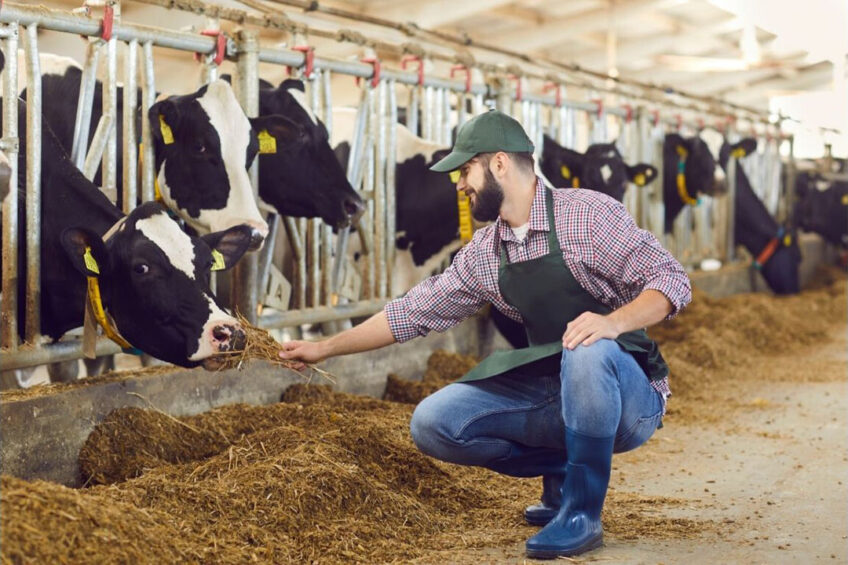Automated mastitis reports for dairy farmers

Milk producers are now receiving somatic cell count and clinical mastitis results after each milking through the Mastitis Pattern Analysis Tool (MPAT).
The MPAT analyses individual herd data to identify whether the predominant infection patterns is environmental or contagious in the lactation or dry period, seasonality of infection and infection in heifers.
This will allow farmers and vets to work together to identify the pattern of mastitis in their herd and control measures to be focused on where they are most effective. Mastitis caused greater economic losses than any other production disease of dairy cattle.
Cost of mastitis
For a typical 200-cow UK herd with an average mastitis case rate of 32 cases/100 cows/year and a bulk milk somatic cell count of 162,000, the total costs to the farm come to £15,594 per year. Of this, £11,669 is due to production losses in affected cows.
The initiative became possible after the University of Nottingham secured funding from the Biotechnology and Biological Sciences Research Council and worked with the AHDB’s Mastitis Control Plan team to update the tool and link it to a data analytics platform funded by Innovate UK. This led to investment in the development of an automated data transfer pipeline between the UK’s milk recording organisations and a cloud-based mastitis pattern analysis tool, removing the need to process data manually.
Dave Bacon, who farms 500 dairy cows in Nottinghamshire, East Midlands, said the reports give him a useful snapshot of the herd’s mastitis levels and udder health after each month’s milk recording.
“With it being automatically generated, we were able to quickly implement changes to management to reduce clinical mastitis cases in early lactation, following the identification of a seasonal dry period pattern.”
Udder health
Jake Thompson, from LLM Farm Vets, part of the VetPartners group, said: “The great thing about this tool is that both the farmer and myself are sent a report automatically after each milk recording. It allows us to have a targeted conversation about udder health as soon as we have their latest data available.
“If the mastitis pattern shows there is more of a problem in early lactation from infections picked up from the environment during the dry period, we will then look more closely at how the dry cows are being managed.
“Taking action to reduce the risk to dry cows will be more effective than changing routines in the milking parlour on that farm. On other farms, the main current problem may be completely different. Mastitis Pattern Analysis helps us to make Mastitis Control Plans farm specific,” added Thompson.
Jenny Gibbons, senior animal health and welfare scientist at AHDB, said: “Sending pattern information automatically to farmers and their advisers makes the process a whole lot smoother. As mastitis is the still the biggest diseases cost on dairy farms, this analysis will help make sure actions to improve mastitis control are targeted to individual farms.”






